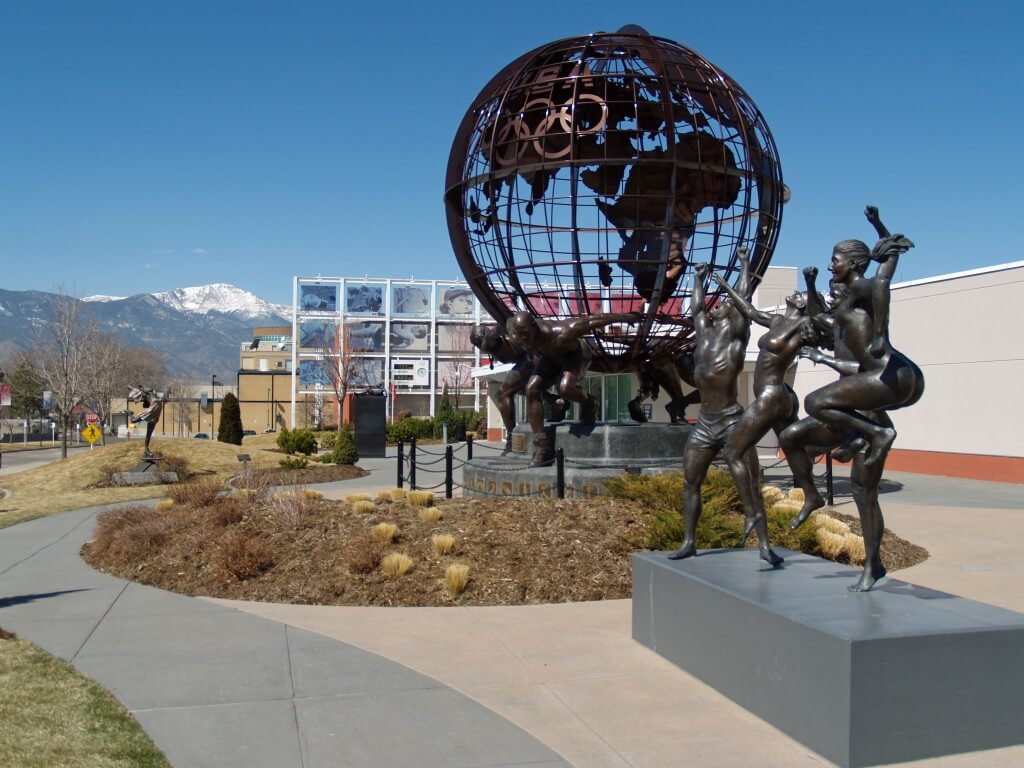24 Hours Inside the Olympic Training Center

By Robert Griswold, Swimming World College Intern.
This summer, I have the privilege of training at the Olympic Training Center in Colorado Springs, Colorado with U.S. Paralympic Swimming resident team. Many swimmers wonder what it might be like to live and train at the state-of-the-art Olympic Training Center.
Without further ado, here is a snapshot of what a day in the life of a US Paralympic resident team athlete looks like:
6:30 A.M.
Wake up time! Most athletes on the resident team wake up around this time and sometimes earlier. Before heading to practice, many athletes eat something and hydrate themselves in order to prepare for practice. Athletes either walk from their dormitories which are close to the pool or drive in from off campus.
6:50 A.M.
Athletes are expected to be on deck early enough to be ready to jump in the pool at 7:00 a.m. This plan is a bit different for everyone. Some athletes use the hot tub while others do exercises on land in order to prepare for the practice ahead.
7:00 A.M.
Practice begins. Athletes’ workouts vary depending on their individual event focuses as well as their impairments. There is usually a general guideline for a workout but slight individual changes are necessary to accommodate everyone’s needs. At this time of the year, most athletes are focused on World Championship Trials which are July 21-23 at the Air Force Academy in Colorado Springs. These trials are the selection event for the World Para Swimming Championships in Mexico City this coming October.
9:00 A.M.
Practice usually ends with a team bonding session in the hot tub adjacent to the pool.
9:30 A.M.
After this, the athletes usually head to Breakfast. At the OTC Cafeteria, there are many delicious and nutritious options to keep the athletes happy and fueled for success.
10:30 A.M.-12:00 P.M.
Time to lift! Athletes at the Olympic Training center have access to world-class strength and conditioning facilities. In addition to general strength, they focus on areas such as flexibility and injury prevention. To maximize space and resources, the team is divided into two groups in order to receive the maximum amount of individual coaching.
12:15 P.M.
Lunch time! This is usually the busiest time of the day at the Training Center. Athletes and coaches and staff from all sports flock to the cafeteria to enjoy made-to-order dishes as well as buffet-style eating.
1:00 P.M.
Resident team athletes at the Olympic Training Center often remain active after a long day of training. Many athletes who live here full-time use their free time to work, continue their education, volunteer or do all three.
5:30 P.M.
It’s finally dinner time! One of the great things about the Olympic Training Center dining hall is the hours. The dining hall is usually open from 7:00 a.m.-8:30 p.m. This schedule allows athletes to meet their nutritional needs while on a busy schedule.
6:30-9:30 P.M.
This block of time is usually reserved for social interaction. Many athletes will get together and hang out while others use this time to do homework or call loved ones at home.
9:45 P.M.
Before bedtime, many athletes utilize visualization and imagery techniques in order to commit various aspects of technique to memory.
10:00 P.M
Lights out!
Athletes on the Resident Team come from many different places and different backgrounds and may be at different stages in their careers. They are, however, united by the common goal to earn the honor to represent the United States of America in their beloved sport.
All commentaries are the opinion of the author and do not necessarily reflect the views of Swimming World Magazine nor its staff.




What a great article – so information and very concise and well written. Thank you!